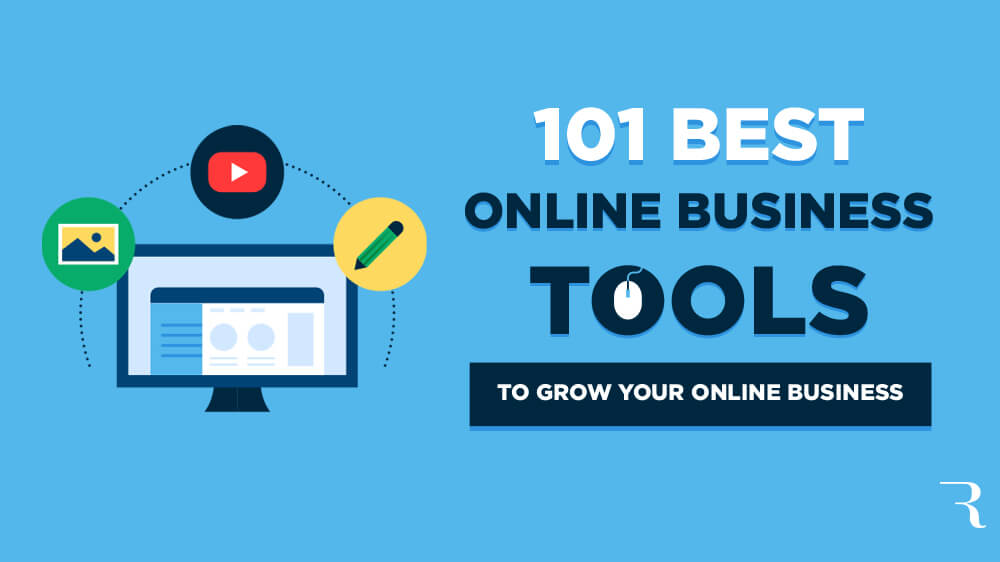As a person who needs a clear written-out plan, *raised hand emoji* I love using YNAB to track my personal finance and investing goals. Every year on my birthday in July, I sit down and write out what I’ve accomplished in the past year and what I want to accomplish in the upcoming 12 months before my next birthday (something I’ve learned to do from my older sister).
Sometimes these numbers and goals end up changing when I do a 6-month check in but it’s the process that matters the most to me.
There are a lot of things I need to invest in; I need to invest time in my family, I need to invest in my health, but a big part of these goals includes investing for my future. That’s where my budgeting app, YNAB, shines.
How YNAB Can Help Achieve Investing Goals
Investment accounts can be more difficult to track in your budget because although you’re tracking your contributions and any funds you pay from your checking account, you may also want to keep an eye on the market value of the investment account since it fluctuates. (Perhaps you even have a net worth goal!)
Here’s how YNAB can help you invest and track those important goals for future you:
Step 1: Add the account to your Tracking Accounts.
I like to get creative with the account name. I use emojis to indicate that the tracking account is a fluctuating account depending on the market so I use the up graph emoji and label it with the name of who the account belongs to since this is our household budget.

Step 2: Add a category and a target!
Your contributions to these accounts are considered transfers from your checking account (a budget account) to your investment account (a tracking account), so you’ll need a category to categorize transactions where funds leave the budget.
I like to make a category group for Investments and then I give each account its own category:

You’ve got a couple of different options for targets; your choice will depend on if you have an automatic payment schedule set up or if you’re trying to send different amounts to your investment account:
Option 1: A monthly target. A “set it and forget it” option for when you’re contributing the same amount every month. You’d create a “Needing for Spending” target, add your monthly contribution amount, select “Monthly” and add your “by when” date if it’s due at a certain time each month.

Option 2: I like to choose the “By Date” option when the investment account has a target that I want to hit but I might make different contribution amounts month to month depending on what else comes up—some months more, some months a little less, but the overall target keeps me on track to reach my end goal. This helps me figure out how much I should be putting away to this account if I want to hit that overall target by the end of the year.


Bonus: The amount for underfunded will adjust for this target depending how much I put away during the year!
Wondering how much to invest? The Budget Nerds have some advice.
Step 3: Reconcile to account for market fluctuations
I don’t like to do much math for the market fluctuations—I get YNAB to do that for me. I’ll usually update my investments at the end of the month, rather than weekly like my budget accounts, and I always click “No” for the reconciliation number and then I enter the correct balance that my investment account shows that day. This keeps my Net Worth report up to date and I don’t have to enter any transactions keep up with the market, the reconciliation adjusts it for me, phew!

Make and Meet Financial Goals
When my priorities change, I commit to my new plan by giving myself a fresh start in the budget. Don’t be afraid of the fresh start button! Sometimes it helps put you on the right path.
Then I give my new and improved budget a name that reminds me of what I’m trying to accomplish.

When it comes to making and meeting goals, having a plan, a system in place, and a source of accountability can help keep you focused and forward-facing. Using my budget and its tools to help me track my investments takes the good advice my sister gave me about reviewing my priorities each birthday and turns it into an easy-to-follow action plan.
When I sit down to review my goals each year, the feeling of accomplishment that comes with realizing I’ve reached a new financial goal is one of the best gifts I can give myself—and it helps give me the momentum I need to achieve even more.
Ready to create a budget that helps you achieve your investing goals? Try YNAB for free for 34 days. No credit card required for sign-up!
Publisher: Source link













